Simone Leigh: Acts of Transformation
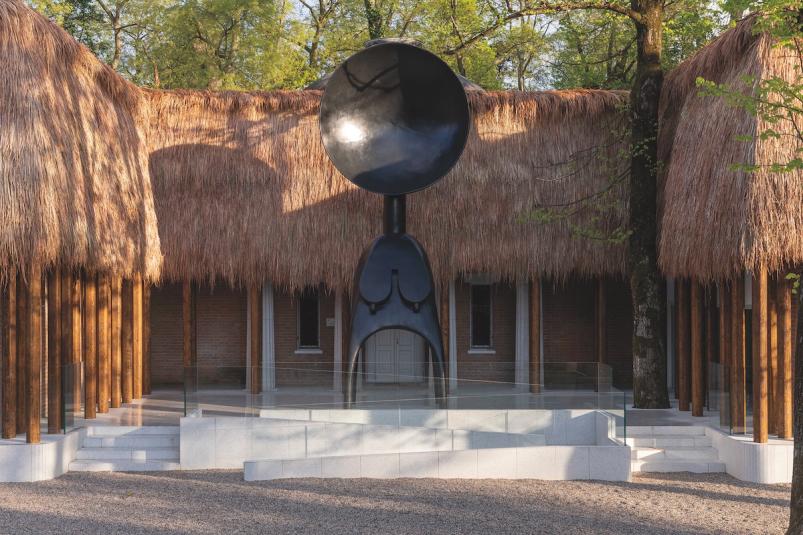
In this adaptation from our book Black Modernisms in the Transatlantic World, Steven Nelson examines how American artist Simone Leigh creates settings that nurture Black women while calling out histories of their marginalization.
In April 2019 Simone Leigh installed Brick House, on the High Line, an elevated park that threads through the west side of Manhattan. Her first monumental sculpture, it is 16 feet tall.
The work fuses the body of a Black woman with a teleuk, a domed house made by the Mousgoum people of Cameroon and Chad. Its form recalls Mammy’s Cupboard, a roadside restaurant in Natchez, Mississippi, built in the shape of a giant, stereotypical Aunt Jemima figure holding a tray.
Towering over 10th Avenue, Brick House presented an extraordinary example of Leigh’s centering of Black women in a world where they have too often been treated as maids, mammies , or muses. Leigh’s work combines a reverence for Black women with a deep engagement with Black feminism; African, African American, and diasporic (related to peoples displaced from their homelands) histories; art history; anthropology; architectural history; and European colonialism.
In Brick House and her other works, Leigh creates Black women’s bodies for Black women. They reclaim and hold space, while deconstructing histories of imperialism and modernism, the Western art movement concerned with portraying experiences of modern society.
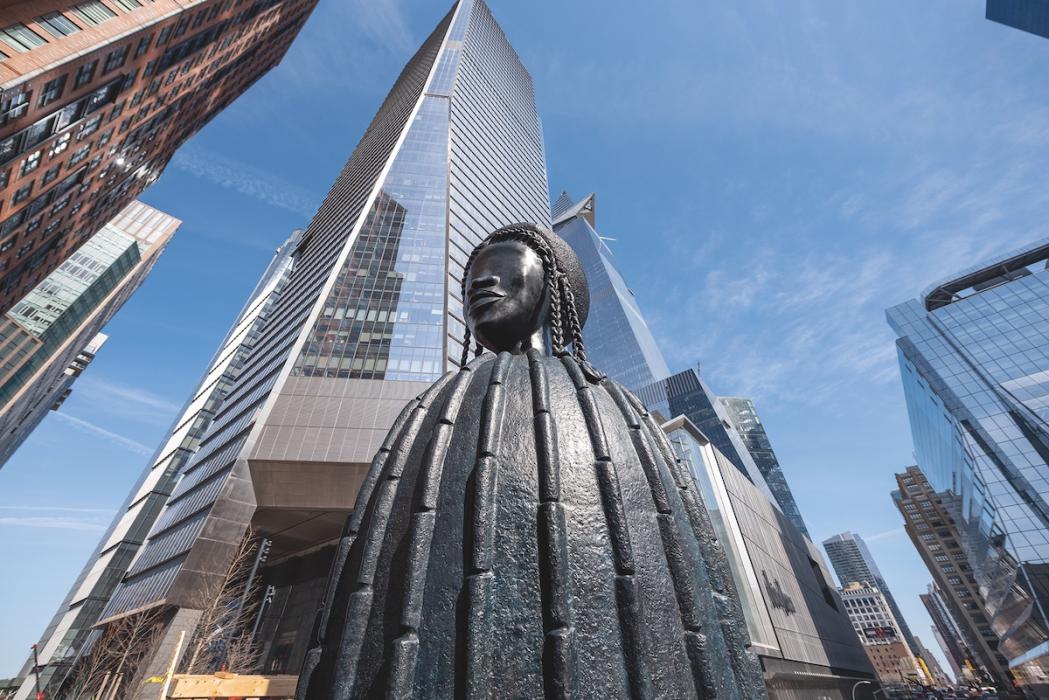
Simone Leigh, Brick House, 2019, bronze, temporary installation at the High Line, New York, photo by Timothy Schenck
Leigh often transforms houses, jugs, pots, spoons, and more into the bodies of Black women. She arrived at this practice largely through her research on African art and architecture.
During her time as a student at Earlham College, the artist happened on a book called Nigerian Pottery. Compiled by British anthropologist Sylvia Leith-Ross, the volume is a detailed catalog, including essays that provide cultural context, overviews of pottery techniques, and more than 500 illustrations. Leigh was particularly struck by the water pots.
“Many of them,” she has said, “are perfect formally.” Wanting to learn how to make similar pots, Leigh secured an internship at the National Museum of African Art (NMAfA) and “[xeroxed] everything I could find on making an African pot.” She noted that many of the pots she studied had rounded bottoms and could balance on uneven surfaces.
Leigh was also fascinated by their capacity to transform. “Evaporation in terracotta purifies water and also cools the remaining water,” she observed. As examples of African women’s visual perception and material handling, these pots offered Leigh alternatives to traditional Western understandings of form and formalism .
She connected the materials, shapes, and possibilities of the pots she studied with ideas from Black feminists Zora Neale Hurston, Audre Lorde, Lorraine O’Grady, and others. In their writing she found calls for Black women to think critically about the problematic histories of their representation.
Following Hurston, Leigh adopted an artistic strategy of autoethnography—using personal experience to interpret culture.
She understood Lorde’s insistence that Black women create communities of nurturing that can provide redemption as well as power. Leigh’s practice is based in Lorde’s belief: “Interdependency between women is the way to a freedom that allows the I to be, not to be used, but to be creative. This is a difference between the passive be and the active being.”
Leigh listened to O’Grady’s call to give the Black female body—routinely “raped, maimed, and murdered”—a healthy present.
The records that Leigh examined at NMAfA were written by white anthropologists and Christian missionaries. She quickly understood that these documents were part of European colonial projects. Writing through racist lenses, their authors aimed to convince a white audience of the vital importance of empire and imperial dominion over others.
The diagrams and texts she perused, Leigh writes, “had nothing for me that wasn’t tainted.” These tools suppressed the histories and deeds of the colonized. Leigh filtered these ideas through her own framework, taking away their power and releasing herself from the straitjacket they created.
Leigh’s work is deeply involved in the politics of race and representation. By centering Black women, she counters the modernist artists who use Black women’s bodies to find their own voices.
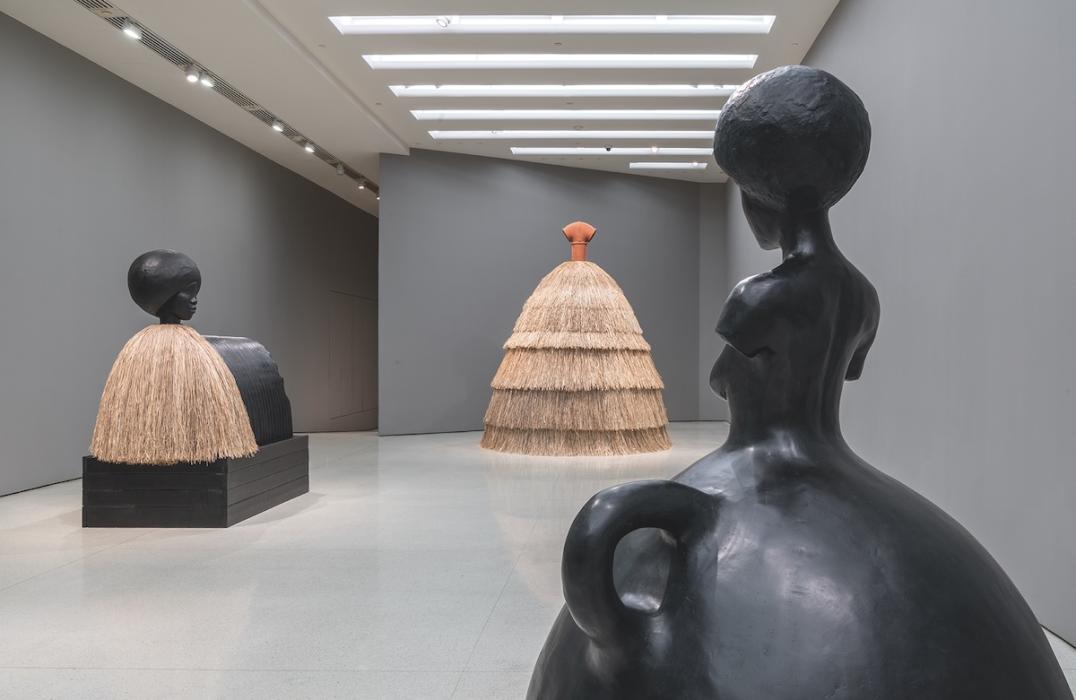
Installation photos of The Hugo Boss Prize 2018: Simone Leigh, Loophole of Retreat, Guggenheim Museum, New York, 2019, photo by David Heald. © 2019 The Solomon R. Guggenheim Foundation, courtesy of the artist and the Guggenheim Museum, New York
Black women are widely represented in modernism in a binary O’Grady so brilliantly describes as “Jezebel and Mammy, prostitute and female eunuch, the two in one.”
In Leigh’s hands, the Black woman is no longer mammy, maid, or muse. Her subjects’ bodies, transformed and abstracted, are opaque, retaining their power. They unravel the modernism’s desire to extract knowledge and reduce Black women to types and specimens on which to project white fantasy, fear, loathing, and longing.
Leigh’s diasporic lens, her research, and her understanding of colonialist ideas dovetail beautifully with her understanding of the Black female body as a repository of complex lives and incredible power. Nowhere is this clearer than in Sovereignty, her installation for the 2022 Venice Biennale. She transformed the US Pavilion from a temple of modern American art into a space that holds and celebrates Black women’s strength, perseverance, and humanity.
Leigh’s work creates settings that nurture Black women while calling out histories of their marginalization. Highlighting Black women’s perspectives on her own terms, Leigh has created a body of formally extraordinary work by a Black woman, unabashedly and unapologetically for Black women.
Header image caption: Simone Leigh, Brick House, 2019, bronze, temporary installation at the High Line, New York, photo by Timothy Schenck
You may also like
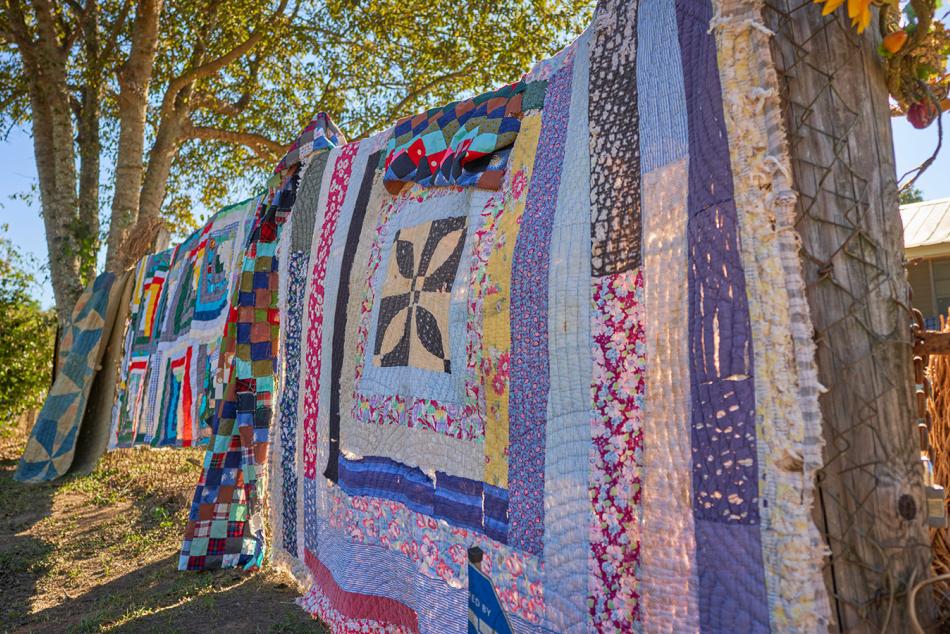
Article: Quilts That Embody the Legacy of Black America
The artisans from the tiny town of Gee’s Bend, Alabama, have been making a global impact for generations.
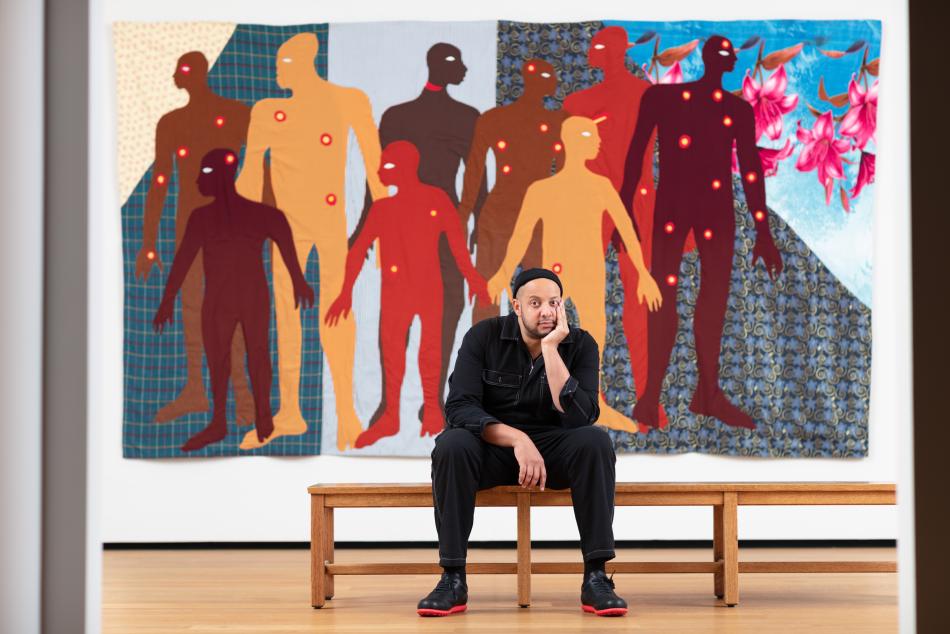
Article: Artist Christopher Myers Considers What It Means to “Matter”
We talk with him about his process and inspiration, from the quilts of Gee’s Bend to cutouts by Henri Matisse.




